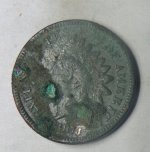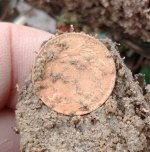1920 - "In a number of specimens, one end is battered or split from repeated blows of the hammer. Unlike the ordinary antler flakers used in finishing blades by pressure, the ends of these punches are nearly always symmetrically rounded" (Indian village site and cemetery near Madisonville, Ohio, Earnest Albert Hooton)
1921 - "The relatively large number of the short antler punches found in comparison with the long pressure flakers (the ratio being roughly about one hundred to one) would seem to indicate that the smaller punches may have been used in the final flaking of at least a considerable portion of the coarser chipped implements." ( Papers of the Peabody Museum of American Archaeology and ...: Volumen 8)
1889 - "Stone chipping is now believed to be a lost art. The ethnologists of the Smithsonian Institute have never found an artisan who, even when supplied with all the tools of modern art, was able to imitate some of the leaf-shaped implements of prehistoric man. And the most skillful of the flint knappers of Brandon, England, men whose occupation is making gun flints also failed after months of effort to produce the forms made by a savage whose only tools were stones and bones. It is not certainly how the Indian made these arrow points, working such a brittle material as white quartz into the exquisite forms here portrayed. It is the general belief that chert jasper slate and quartz cobbles were first split into narrow flakes with stone hammers. Possibly they were heated in pits and split by cooling suddenly with water. Partly made implements were often buried in considerable quantities. It is supposed that these stones were thus softened and rendered more tractable. Such a cache was found some years ago near Hadley, Mass., containing sixty arrow and spear blocks. These blocks are so old that they were turned to an ashy white; they resemble the St. Acheul blocks in shape and coarse chipping. The flakes were gradually chipped down into shape with the little knockers. When the stone had thus been partly outlined, it was finished by another process. Either some hard object as stone, bone or horn was used as a chisel driven by a hammer to force off little flakes from either side alternately, or the so-called flakers were used to push suddenly against the arrow, being worked from alternate sides, each impulsion of the tool taking off a little splinter opposite the point of impact. Various arrow flakers have been found among the surviving savages. The only tool resembling these from this section that we have seen is shown in fig. 50, which resembles the alleged bone flakers from the prehistoric cemetery of Madisonville, Ohio. We are unable to conceive no other use for the above implement. (The American Archaeologist: Prehistoric Remains of the Tunxis Valley, Frederick H. Williams, M.D.)
FLINTKNAPPING PUNCHES FROM THE MADISONVILLE SITE:
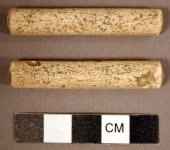
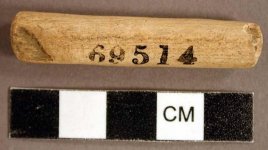
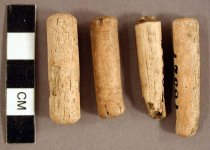
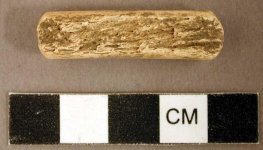
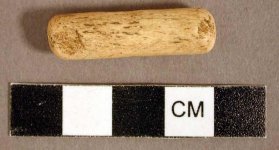
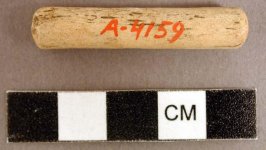
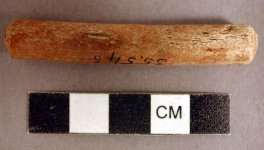
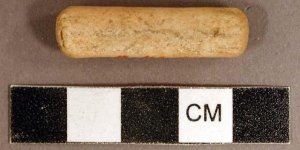
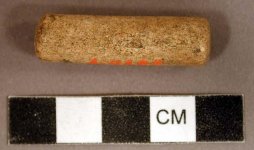
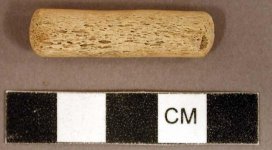
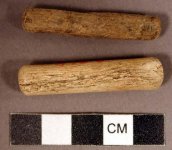
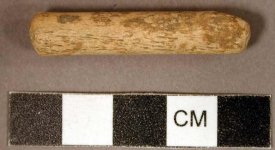
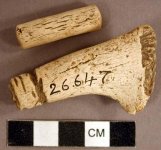
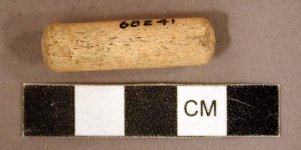
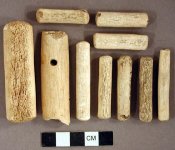
ASSOCIATED LITHICS FROM MADISONVILLE:
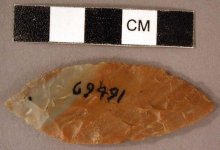
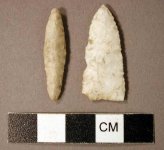
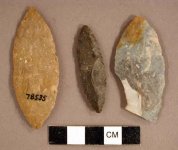
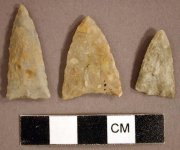
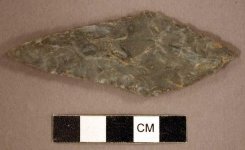
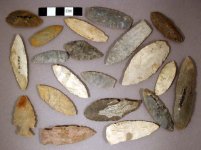
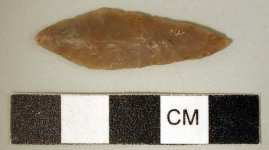
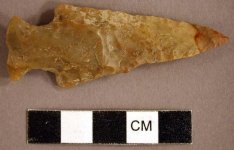
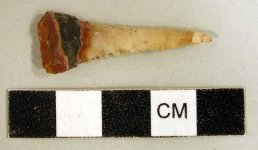
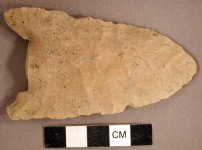
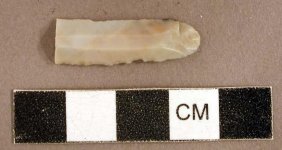
REJECTS AND SEMI-WORKED MATERIALS WHICH SHOW FLAKING IN PROCESS:
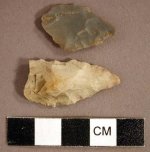
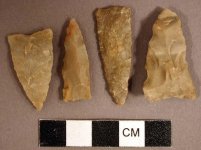
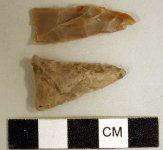
1921 - "The relatively large number of the short antler punches found in comparison with the long pressure flakers (the ratio being roughly about one hundred to one) would seem to indicate that the smaller punches may have been used in the final flaking of at least a considerable portion of the coarser chipped implements." ( Papers of the Peabody Museum of American Archaeology and ...: Volumen 8)
1889 - "Stone chipping is now believed to be a lost art. The ethnologists of the Smithsonian Institute have never found an artisan who, even when supplied with all the tools of modern art, was able to imitate some of the leaf-shaped implements of prehistoric man. And the most skillful of the flint knappers of Brandon, England, men whose occupation is making gun flints also failed after months of effort to produce the forms made by a savage whose only tools were stones and bones. It is not certainly how the Indian made these arrow points, working such a brittle material as white quartz into the exquisite forms here portrayed. It is the general belief that chert jasper slate and quartz cobbles were first split into narrow flakes with stone hammers. Possibly they were heated in pits and split by cooling suddenly with water. Partly made implements were often buried in considerable quantities. It is supposed that these stones were thus softened and rendered more tractable. Such a cache was found some years ago near Hadley, Mass., containing sixty arrow and spear blocks. These blocks are so old that they were turned to an ashy white; they resemble the St. Acheul blocks in shape and coarse chipping. The flakes were gradually chipped down into shape with the little knockers. When the stone had thus been partly outlined, it was finished by another process. Either some hard object as stone, bone or horn was used as a chisel driven by a hammer to force off little flakes from either side alternately, or the so-called flakers were used to push suddenly against the arrow, being worked from alternate sides, each impulsion of the tool taking off a little splinter opposite the point of impact. Various arrow flakers have been found among the surviving savages. The only tool resembling these from this section that we have seen is shown in fig. 50, which resembles the alleged bone flakers from the prehistoric cemetery of Madisonville, Ohio. We are unable to conceive no other use for the above implement. (The American Archaeologist: Prehistoric Remains of the Tunxis Valley, Frederick H. Williams, M.D.)
FLINTKNAPPING PUNCHES FROM THE MADISONVILLE SITE:















ASSOCIATED LITHICS FROM MADISONVILLE:











REJECTS AND SEMI-WORKED MATERIALS WHICH SHOW FLAKING IN PROCESS:



Upvote
0



